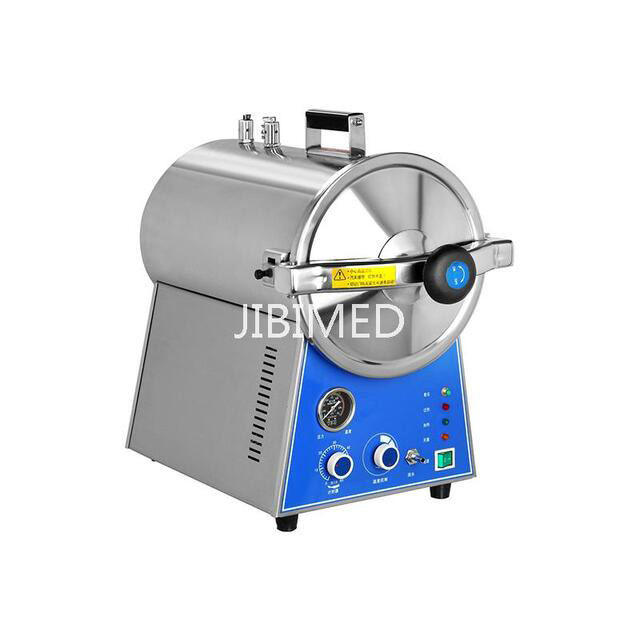What is an alternative to steam autoclave?
2023-10-16
There are several alternatives to steam autoclaves for sterilization, depending on the specific requirements and circumstances. Here are a few commonly used alternatives:
1. Dry Heat Sterilization: Dry heat sterilization involves using hot air instead of steam to achieve sterilization. It typically requires higher temperatures and longer exposure times compared to steam autoclaves. Dry heat can be effective for sterilizing items that are sensitive to moisture or cannot withstand steam sterilization, such as powders, oils, or certain types of glassware.
2. Ethylene Oxide Sterilization: Ethylene oxide (EO) sterilization is a low-temperature method that utilizes a gas to kill microorganisms. It is often used for sterilizing heat-sensitive and moisture-sensitive items, such as electronic components, plastics, and delicate instruments. EO sterilization requires specialized equipment and safety precautions due to the flammable and toxic nature of the gas.
3. Hydrogen Peroxide Sterilization: Hydrogen peroxide vapor or gas sterilization is a low-temperature method that uses hydrogen peroxide to kill microorganisms. It is suitable for heat-sensitive items and can be performed using specialized equipment, such as hydrogen peroxide vaporizers. This method requires proper aeration to remove residual hydrogen peroxide.
4. Chemical Sterilization: Chemical sterilization methods involve using liquid or gas chemicals to achieve sterilization. Examples include glutaraldehyde, peracetic acid, and chlorine dioxide. These methods are typically used for specific items or in situations where heat or other methods may not be suitable. It's important to follow manufacturer instructions and safety protocols when using chemical sterilants.
5. Ultraviolet (UV) Radiation: UV radiation can be used as a disinfection method but is not considered a sterilization method as it may not be effective against all microorganisms. UV lamps or devices emit UV-C light, which can damage the DNA or RNA of microorganisms, preventing their replication. UV radiation is commonly used for surface disinfection of objects, air purification, and water treatment.
Each alternative steam autoclaves sterilization method has its own advantages, limitations, and specific applications. The choice of alternative method depends on factors such as the type of item being sterilized, the required level of sterilization, the availability of equipment, and safety considerations. It's important to follow established protocols and guidelines, and consult with experts or regulatory authorities to ensure the chosen method is appropriate for the specific sterilization needs.



